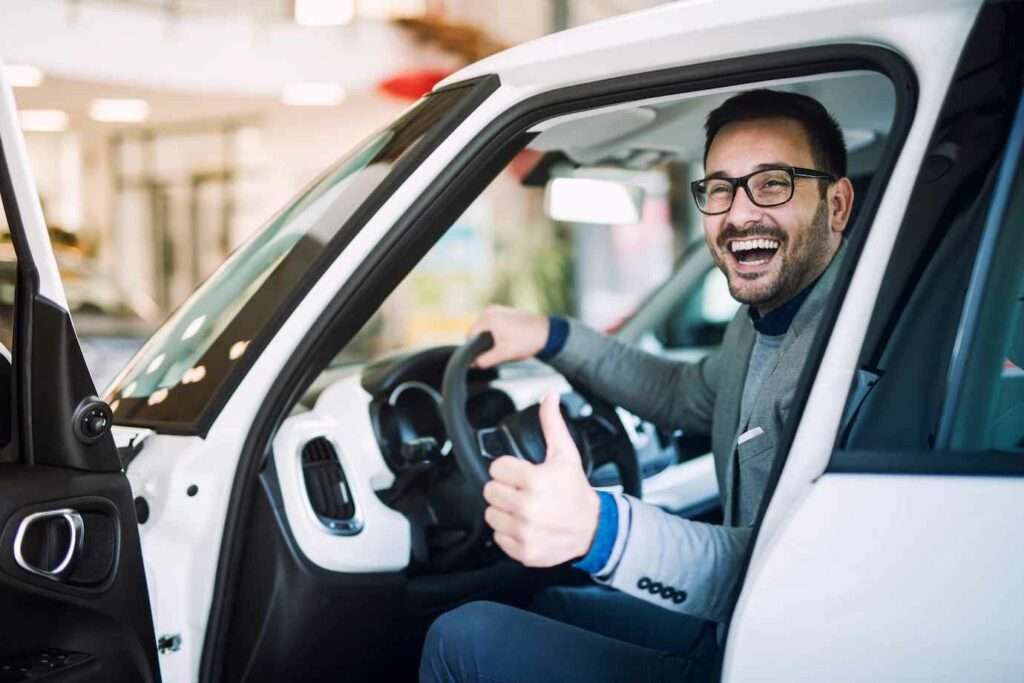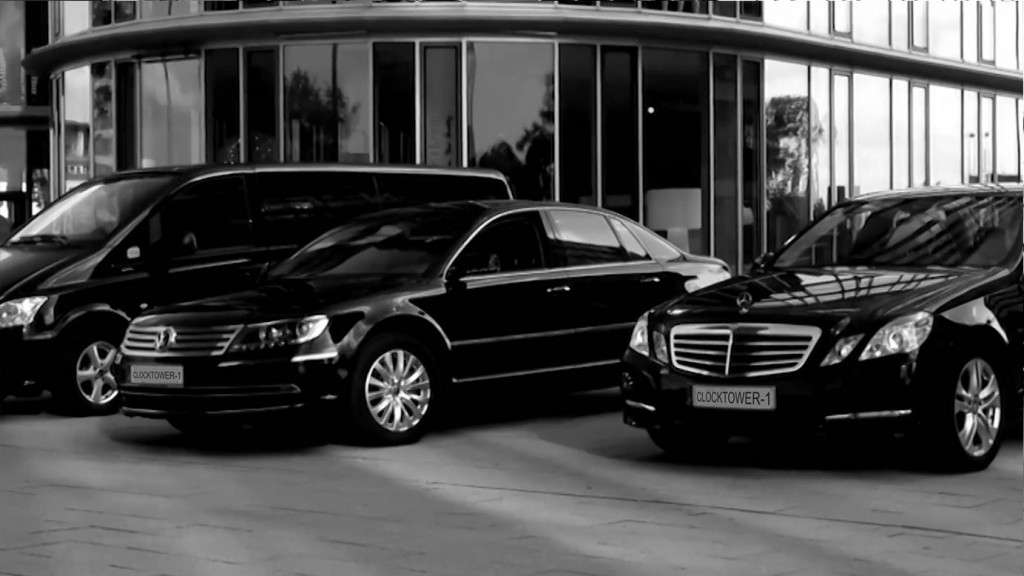The city’s recognisable cabs will be driving around if you visit London. Riding in one is one of the most iconic experiences you can have on a journey With Hailing taxis in the UK. The city’s taxi companies are granted licences to use their cab brand by London’s government-run transportation department. Although not all London taxis are black today, they are nevertheless frequently referred to as “black cabs” because, historically, all of them were.
There are now two definitions of what qualifies as a taxis cab in the UK, and the sector uses a two-tier system to operate:

London’s black cabs, often known as “Hackney carriages,” are well-known worldwide for their colour and elegant, vintage chassis design. Yet, they essentially function and serve the same purpose as taxis wherever on the earth. However, unlike private hire vehicles, black cabs are often only available for hailing and catching from the curb when one comes your way.
Private hire Hailing taxis in the UK , on the other hand, typically cover a wider and, you would say, somewhat more liberated variety of travel alternatives (they don’t ‘run on a metre’). ‘Special occasion’ limos, executive and chauffeur-driven automobiles, Uber cars, and minicabs are examples of this type of vehicle.
Generally speaking, locals and visitors tended to rely on minicabs as much as or even more than black cabs because the latter could be scheduled for trips and were less expensive. However, in particular, safety concerns for female customers quickly saw Uber vehicles surpass minicabs in popularity.
All black cab drivers must know the thousands of streets in London forward, backwards, sideways, and all over the shop. This knowledge is referred to as, yes, “The Knowledge,” and to demonstrate that they have it and are qualified to operate a TfL-approved black cab, drivers must pass a challenging memory test that covers up to 25,000 streets within a six-mile radius of Charing Cross (the very centre of the city; not at all far from Park Grand Kensington accommodations, needless to
Black taxis aren’t just in London; they’re everywhere. Because they’re built in the West Midlands city of Coventry, there’s always a swarm of them waiting for passengers outside Coventry train station.
Black cab interiors are spacious due to their purpose-built construction, allowing capacity for up to five people.
Although they are still frequently painted black, ‘black’ cabs don’t always have to be that colour (many are maroon), nor do they always have the conventional chassis design.
Black cabs are sometimes called “Hackney carriages” or “Hackney coaches” because, in the 17th century, their forebears were horse-drawn carriages. London aristocrats operated a business renting out their horses and carriages to other wealthy city residents.

If you’ve ever hailing taxis in the UK, hailing one in London is essentially the same as in other cities. Simply stand on the curb, extend your arm towards an oncoming black cab that will pass you, and wait for it to stop (you don’t have to whistle!). Black cab won’t stop unless the ‘taxi’ sign is on (lit up in yellow light) above its windscreen, regardless of whether you’ve called it or not. If this light isn’t on, the cab won’t stop because the driver will be mid-fare and not looking for another customer because they already have one inside.
In congested or touristic areas, hailing taxis in the UK. Finding one shouldn’t be difficult because there are more than 20,000 legally operating “black cabs” in London. Additionally, many taxi stands are across the city, especially close to hotels, train stations, and airports.
On top of the cabs to look for should read “TAXI.” There isn’t a cab with the light turned off.
Extend your arm as the taxi passes. Make sure you are standing in a prominent location on the road, but avoid blocking traffic or placing yourself in danger of being hit by a car.
Give your driver the location’s address or name if you have it. Before getting in the cab, or as soon as you do, talk to the driver at their window. While you can provide them with a specific location, remember that London taxi drivers are quite familiar with their city, so it’s typically sufficient to provide the name of the theatre, restaurant, or monument you intend to visit.
Pay using the metre, and don’t stress too much about leaving a tip. Metres are used to calculate fares, which start at £2.60 and increase by 20 pence every 124 metres. In the evening and at night, prices increase.
How much will a black cab ride cost you to use one from your lodging to the Park Grand restaurant for dinner? As mentioned above, black cabs are metered. They are more expensive than other private hire options (such as Uber vehicles and minicabs). Given that these fees inevitably fluctuate over time, it would be somewhat foolish to post the (per mile) metered rates here.
You can access a useful platform with ClockTower Cars that offer flexible road services, dependable couriers, and school runs that are appropriate for any person or business. We have devoted travel experts who want to develop a genuine relationship with our customers and meet their needs. We strive to make touring the city and its surroundings easier and hassle-free with our wonderful vehicles and knowledgeable drivers. Due to their extensive training and screening, our drivers assure our customers of discreet and comfortable service.